Hunt upon hearing in a pitch black maze of leaves and trees
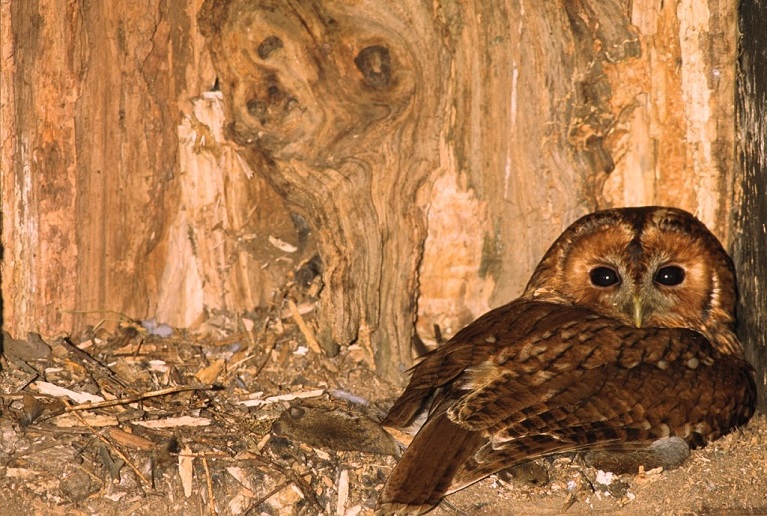
Most often portrayed on the silver screen, albeit only by the spooky calls of the males, Tawny owls may be the most famous owl species in the world. They are medium-sized nocturnal birds foraging on a wide range of prey types.
They collect their prey from a relatively small territory, and both sexes stay in that territory year-round. These territories are heavily defended, as holding a (familiar) territory is key to the survival and reproduction of tawny owls.
Tawny owls are quite strong and brave birds, which may even take raptors such as female sparrowhawks for a meal or attack humans when they come too close to the nest or young. The males are the slightly smaller sex and do most of the food provisioning during incubation and young rearing.
They mostly deliver small rodents to the nest, but also other vertebrates such as shrews, birds and frogs are supplied.
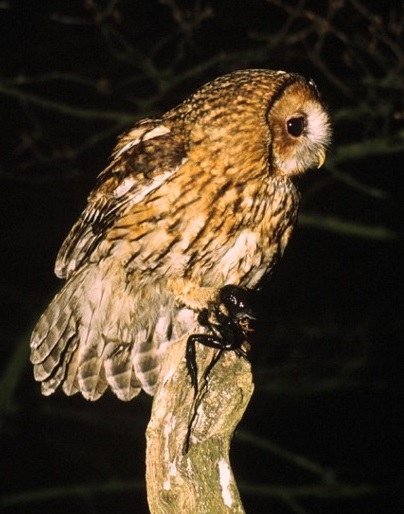
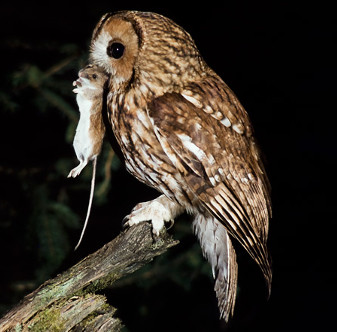
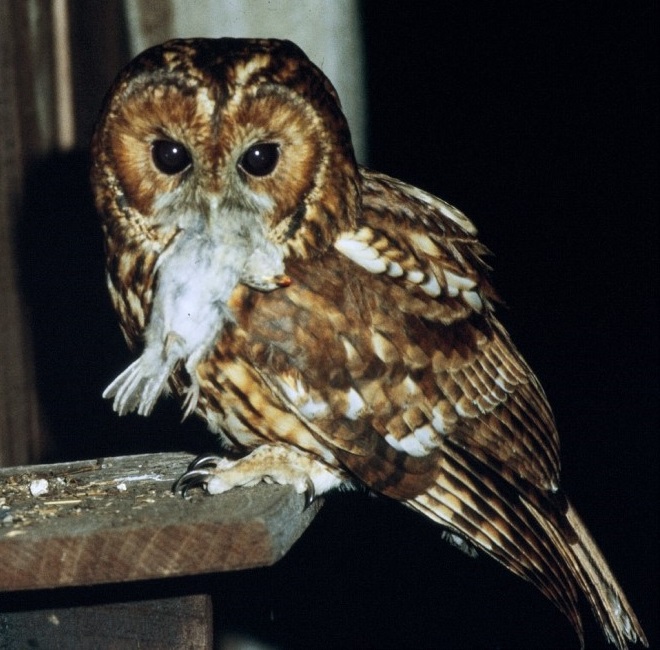
However, carcass analyses showed that tawny owls may also fill their stomachs with earthworms, beetles or caterpillars.
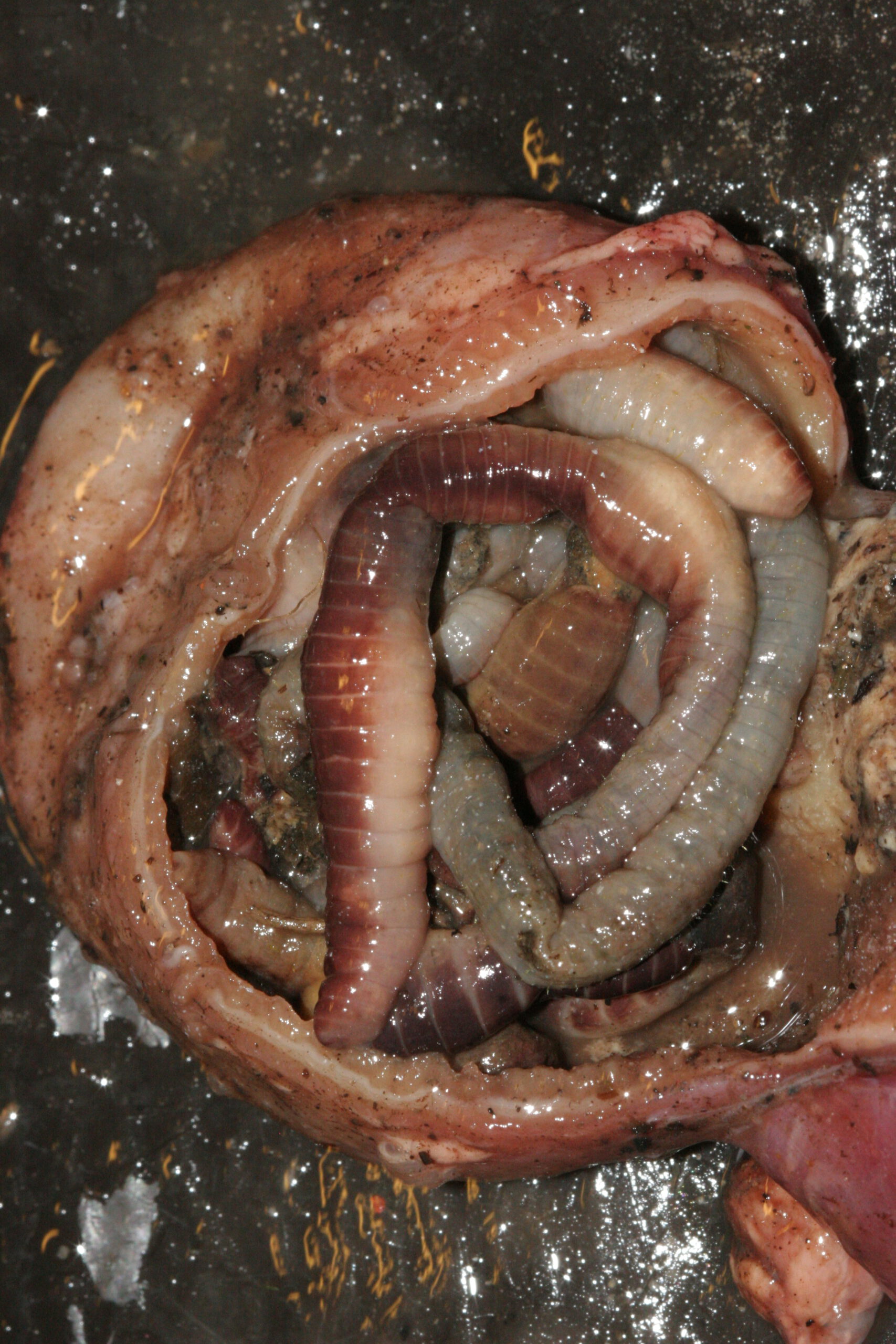
Unlike short-eared owls, Tawny owls are typical forest birds with short and broad wings with rounded and fingered tips, optimized for silent flight by fringes along the leading edge of the outer primaries. After all, a silent flight is crucial when hunting on sound cues. Owls that do not live in forests, like short-eared owls, have long and slender wings.
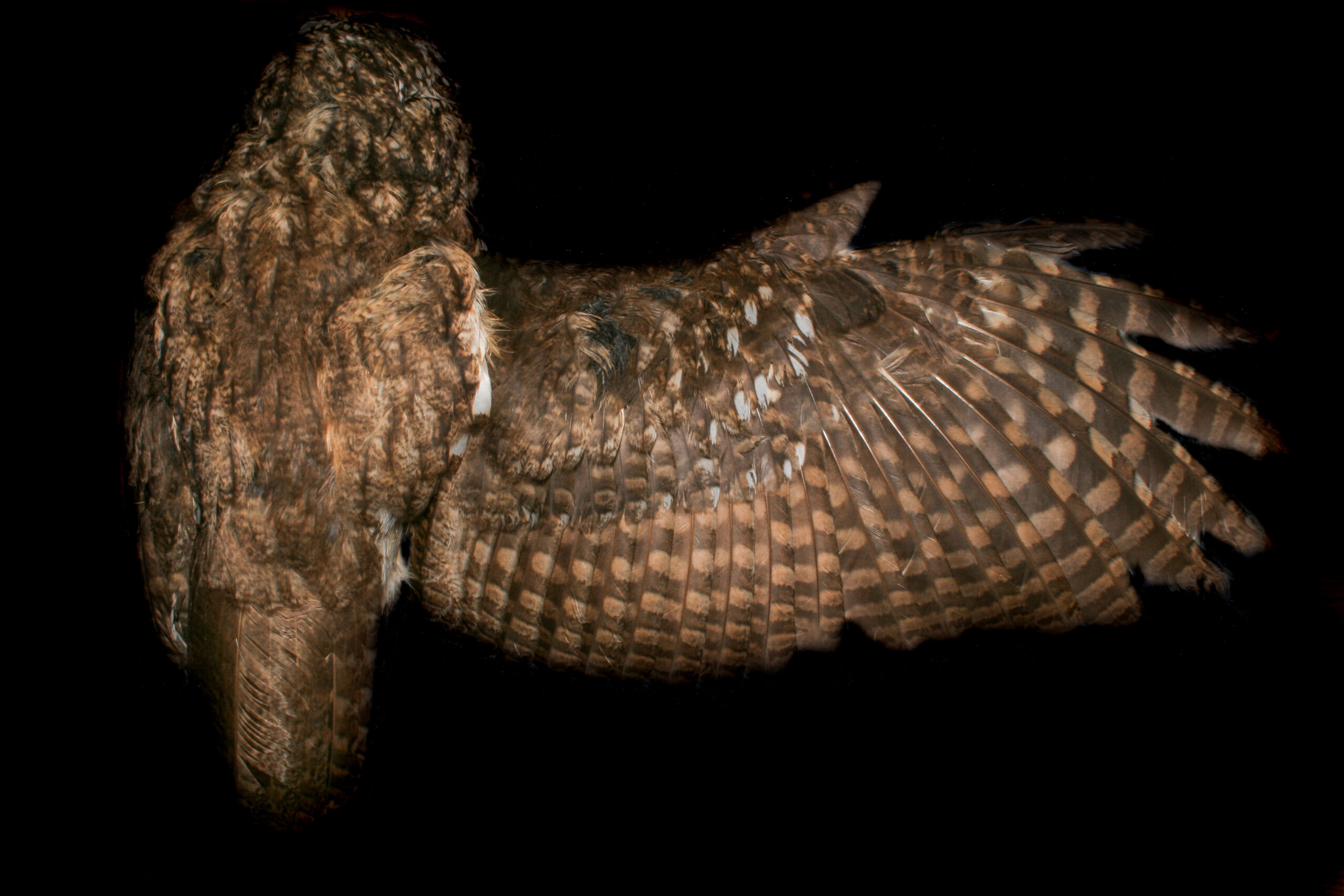
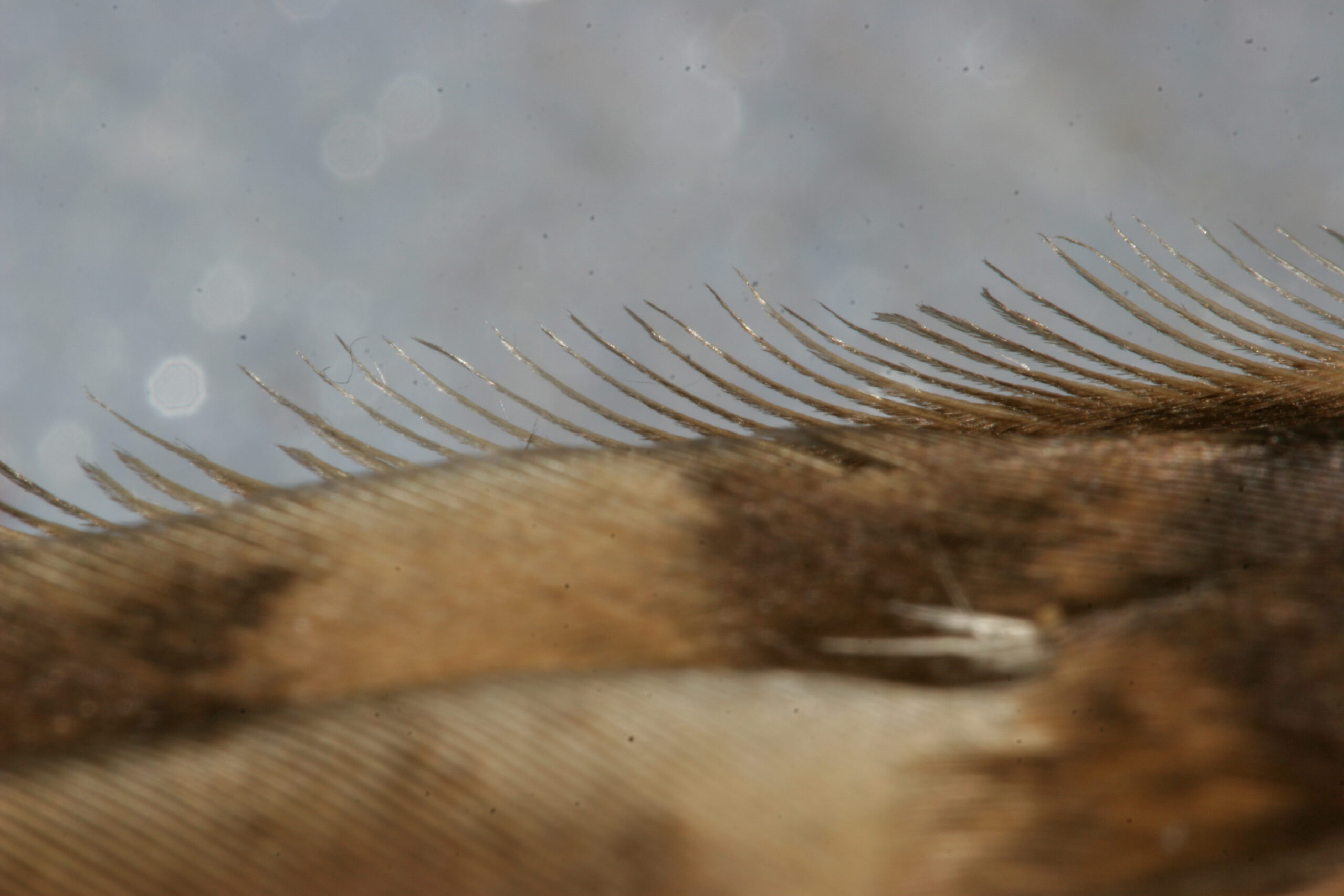
The well-developed facial disc with loose feathering before and dense feathers behind the ear forms a reflector, channeling sound waves into the ear opening. Right before the ear opening, a skin flap reduces the sounds that would directly enter the ear opening, without being reflected.

The left and right ear openings have a different size and shape and are asymmetrically placed at different heights lateral of the skull. This means that sounds from below enter the lower-positioned ear earlier than the other.
∴
If a tawny owl bends its head downward, the sound will gradually reach the upper (right) ear earlier. When the sound reaches both ears at the same time, the angle of the owl’s head matches that of the flight path that will bring it to its unsuspecting prey. Moreover, owls process part of the auditive signals in the part of the brain that is typically involved in vision, called the optic lobe. So, perhaps they can ‘see’ where sound is coming from!
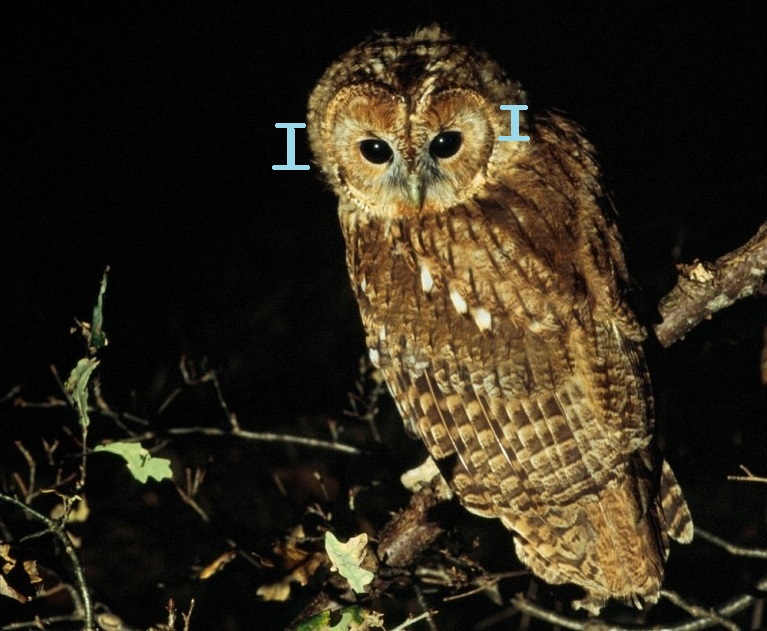
Continue reading
Although one may expect to find large optic lobes in a bird with very big tube-shaped eyes, the optic lobes of a tawny owl are surprisingly small, for instance compared to sparrowhawks.
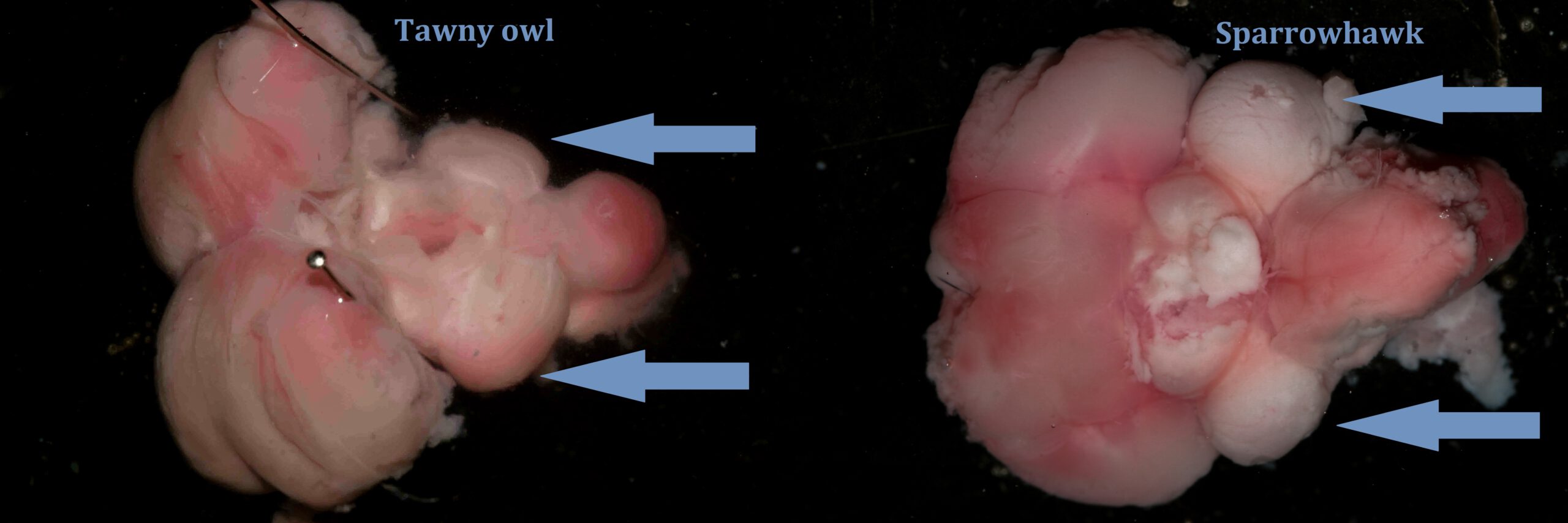
The reason behind this difference is that in owl eyes the signals of multiple receptor cells are combined to give a single signal to the brain, whereas for example in diurnal birds of prey, each receptor cell transmits its own signal. This results in a lower number of receptors needed to form an image in the brain, and therefore smaller optic lobes in owls.
However, owl eyes do have an advantage using this technique: in low light conditions a single receptor does not receive enough light energy to create a signal to the brain, and therefore receptor outputs need to be bundled before a signal can be transferred to the brain, making owls able to see in near-darkness.
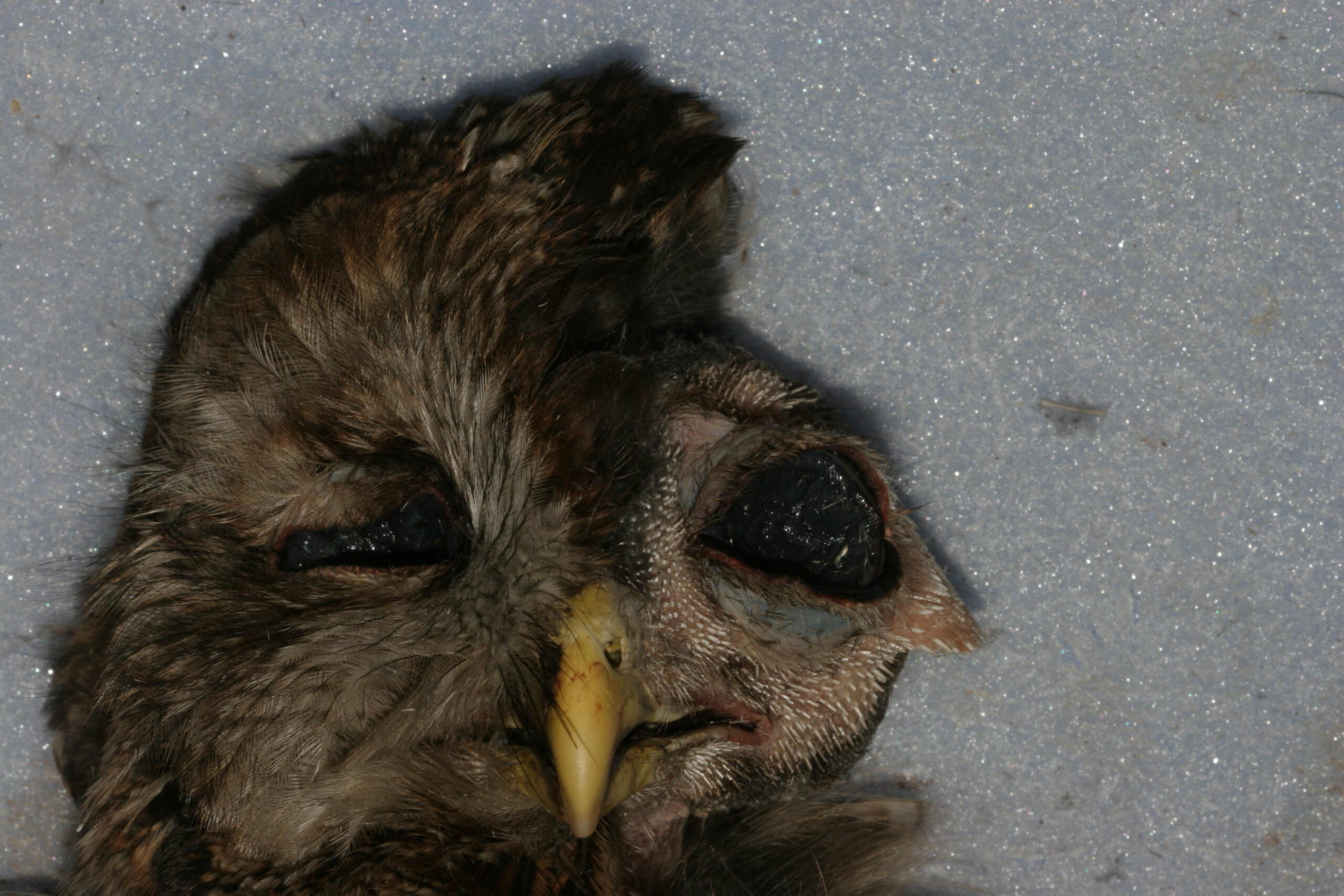
The tawny owl brain is not at all as large as the size of the head may indicate. Most of the volume of the head consists of feathers, and the size of the skull is mostly determined by the size of the eyes.
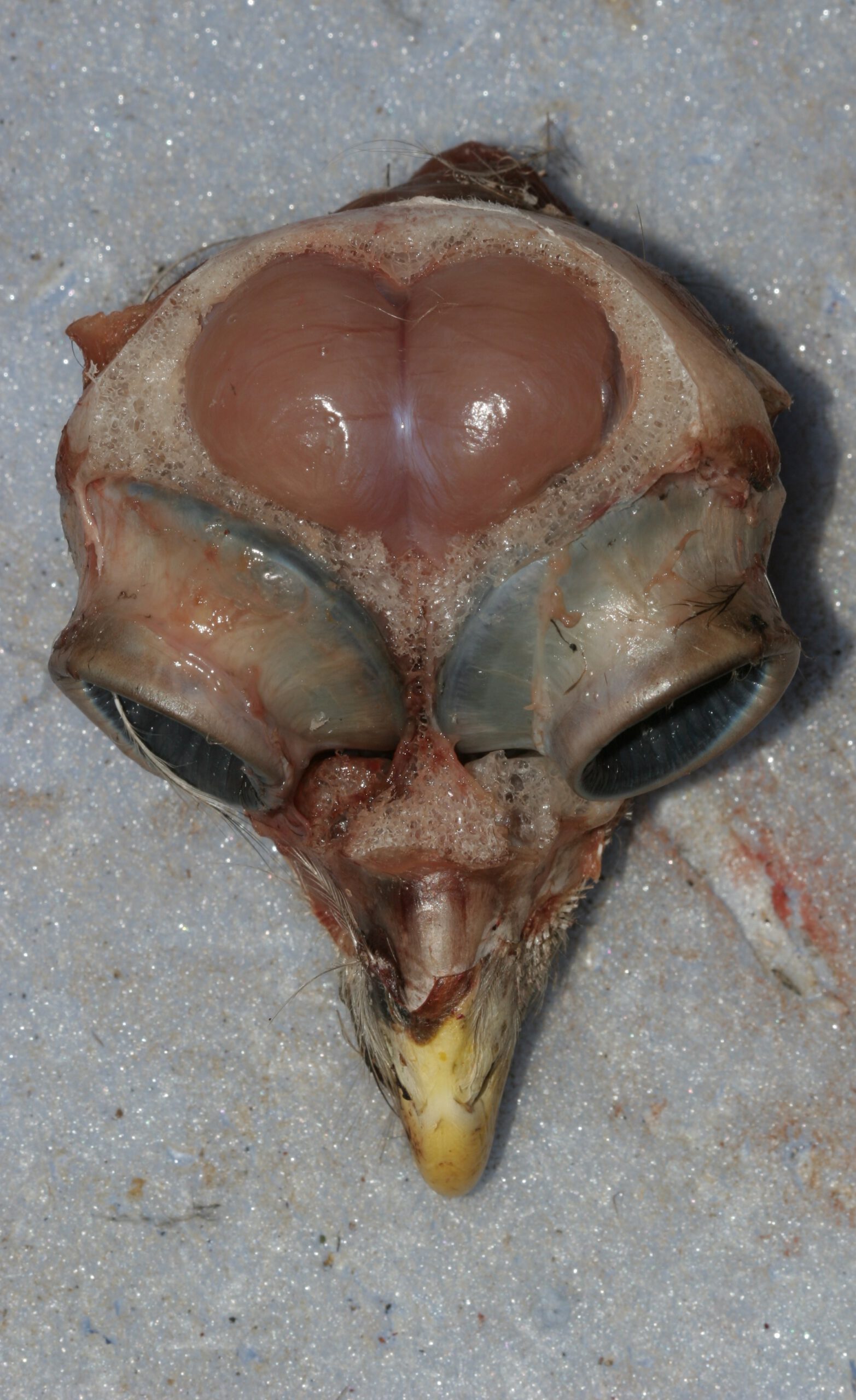
To fill the gap between the outer brain case and the actual brain, the brain case consists of a spongy bone structure, similar to that of nightjars, but more structured in distinct layers.
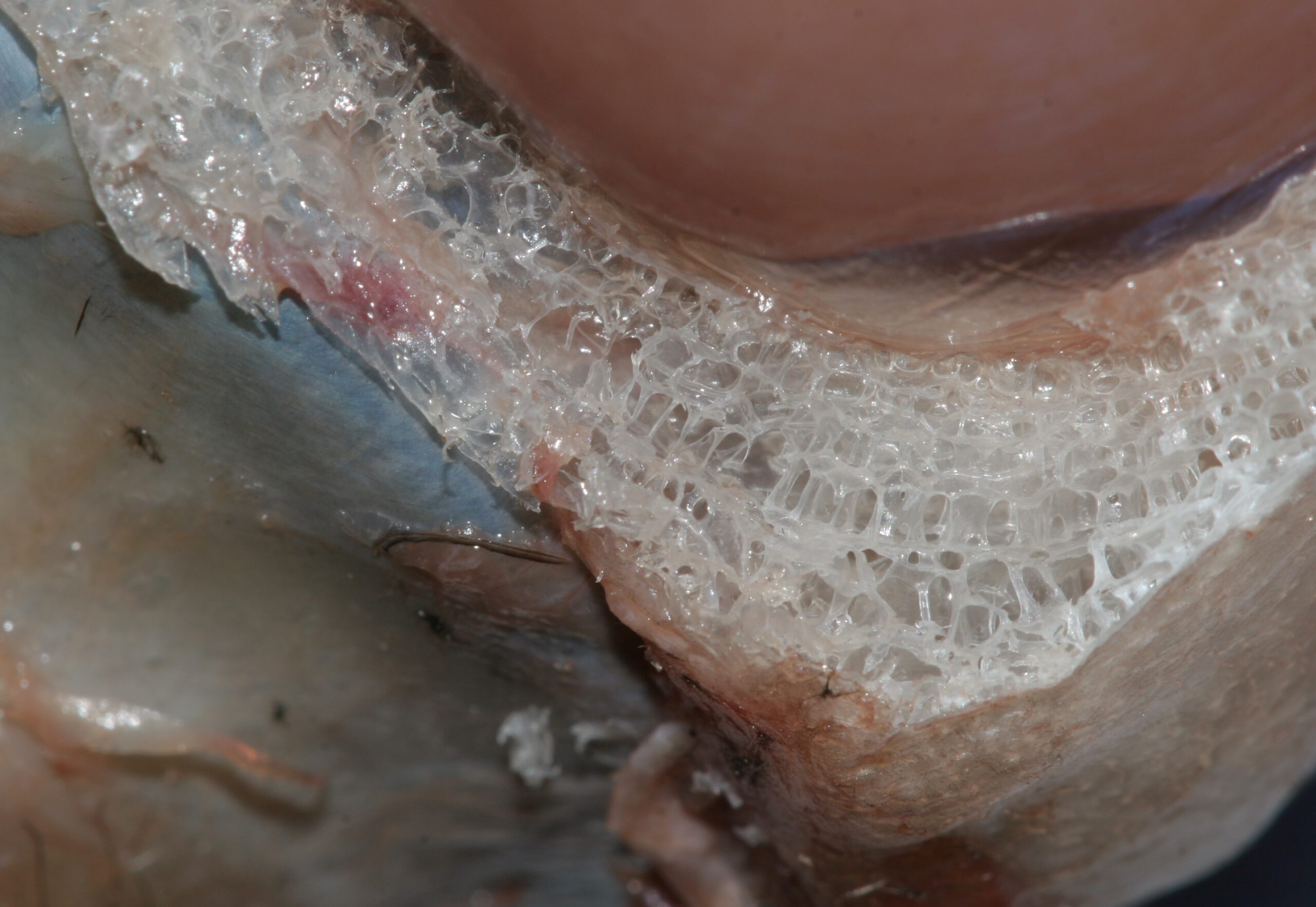
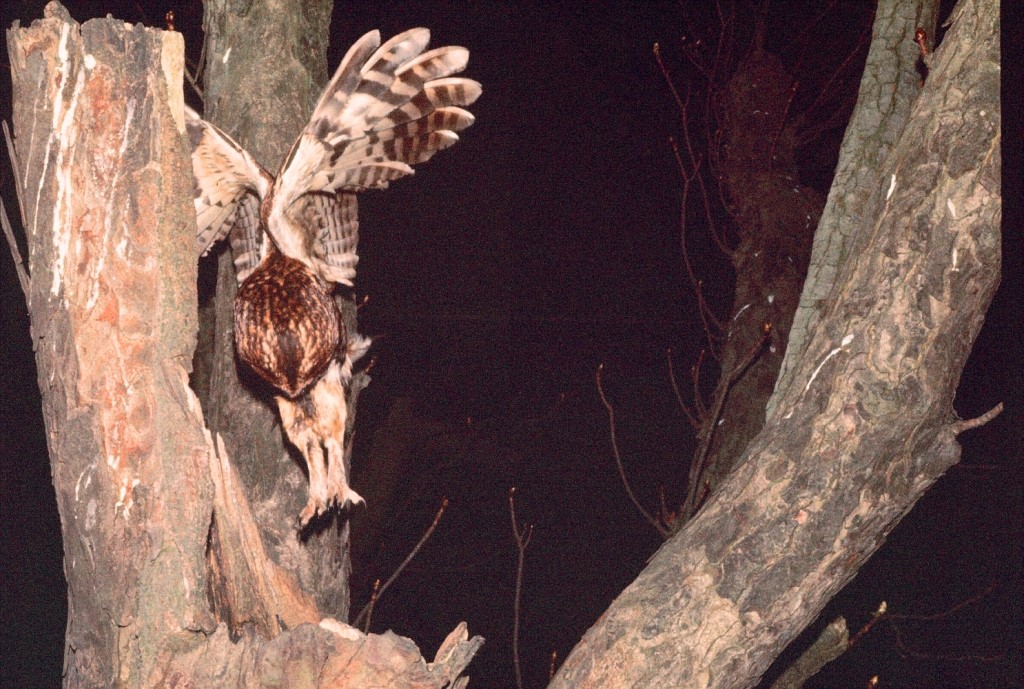
Tawny owls do not only reside in forests, but also in towns, larger parks and hedgerows in agricultural areas. They breed most often in (tree) cavities, but old nests of crows or raptors will also do, and sometimes they even breed on the ground or in a burrow.
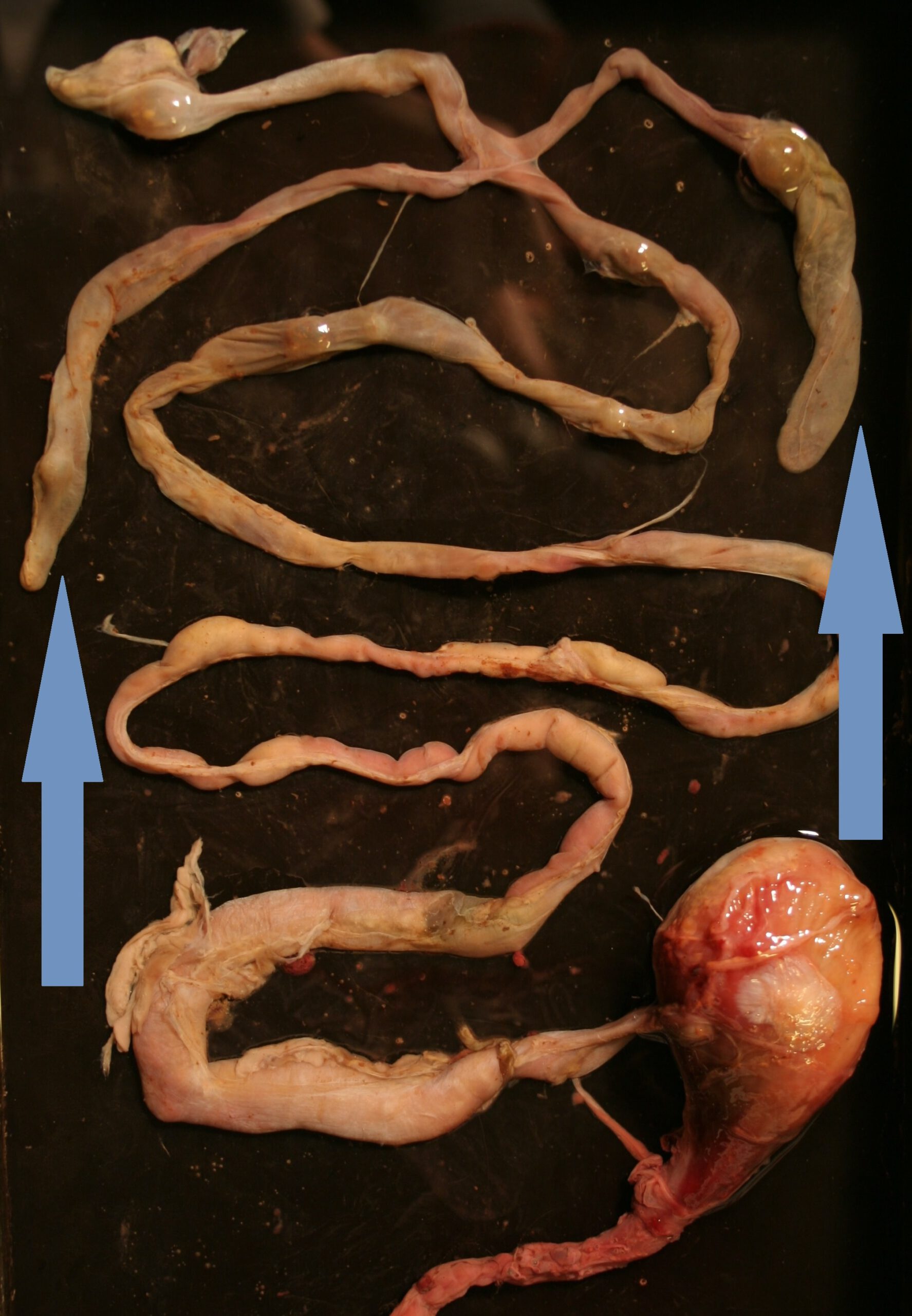
Tawny owls are versatile birds, which benefit from blind guts (caeca) that connect to their intestine. Kidney waste (uric acid) is ‘redigested’ in these blind guts by bacteria, and nitrogen therefrom assembled into bacterial protein.
This protein is harvested by the owls to gain energy and – during egg production – essential amino acids (the building blocks of protein) that help in egg development.

With this trick, tawny owls can withstand lowered food quality (e.g. due to acidification and nitrogen deposition), like in degraded forests in the Netherlands. Such forests are meanwhile abandoned by diurnal raptors, such as sparrowhawks, which lack these blind guts and recycling skills!

